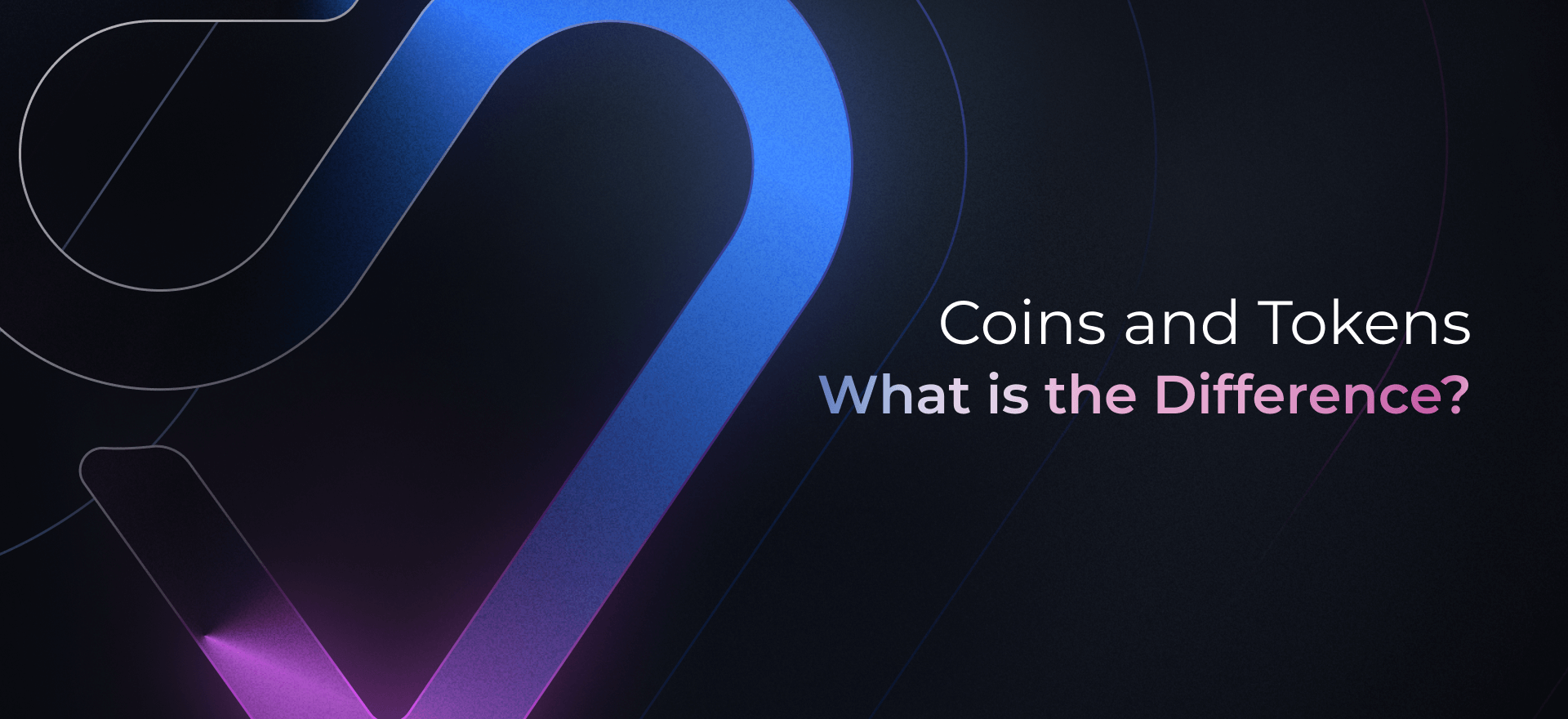In the crypto world, terms can get confusing. What exactly is a coin? How does it differ from a token? Why do some currencies run on their own blockchain while others “ride” on someone else’s? And most importantly, where does Spintria fit in these coordinates? Let’s break it down with simple examples.

What is a coin?
A coin is a cryptocurrency that has its own blockchain. It builds and secures its network from scratch, handling transactions and ensuring decentralization.
Examples of coins: Bitcoin (BTC), Ethereum (ETH), Toncoin (TON)
Areas of application of coins
Coins are most often used as a universal means of payment. Their main functions are:
- Transfers — allow you to send funds quickly and without intermediaries to anywhere in the world.
- Payments — accepted for goods and service both online and offline.
- Investments — can be used for long-term storage and capital growth.
- Network Participation — can be used for staking, voting, and paying on-chain fees.
Example: TON — the coin with Web3 ambitions
TON (The Open Network) is a fast—growing blockchain with high bandwidth and close integration with Telegram. It supports smart contracts, NFTs, token creation, and decentralized applications.
The key feature of TON is the native TON coin. It is not just a digital currency, but the basic unit of the ecosystem.
It is used for:
- paying commissions in the network
- launching and supporting smart contracts
- voting and the developing the network
- staking and validation functions
TON is the foundation on which everything else is built, including tokens.
What Is a Token?
A token is a digital asset created ivia smart contracts on an existing blockchain. Tokens do not have their own blockchains — they use the infrastructure, security, and logic of an existing network.
Areas of application of tokens
Tokens perform more narrow and specialized functions:
- Access to the functionality —opens up opportunities inside dApps: streaming, games, marketplaces, DeFi services.
- Discounts and bonuses — tokens are used as platforms' internal currencies (for example, discount for commissions on exchanges).
- Representing assets — they can symbolize real objects such as real estate or electricity.
- Verification and identification — they are used in digital identity and data protection services.
- Payments within the ecosystem — serve as means of payment for services and actions within a specific project.
Example: SP token on the TON blockchain for 18+ projects
Spintria (SP) is a utility token created on the basis of TON specifically for projects of the 18+ category. It serves as a payment tool in anonymous P2P transactions, provides access to Web3 services and direct interaction between the authors and the audience of adult content.
SP allows you to:
- pay for content safely and transparently
- receive rewards for activity
- monetize your content without intermediaries and censorship
Key differences: coin vs token
1. Blockchain
A coin is a cryptocurrency with its own, independent blockchain. For example, Bitcoin or TON operate on their own networks, completely autonomously.
A token is created on top of an existing blockchain. It does not have its own chain, it uses the infrastructure of another network (for example, SP runs on the TON blockchain).
2. Purpose and Functions
Coin is the base currency of the network. It is used to pay for transactions, store value, transfer funds, participate in staking and voting.
A token is a specialized digital asset that can perform various functions within a project: provide access to services, be used as an internal currency, grant participation rights, etc.
3. Creation and Issuance
Coin appears along with the launch of its own blockchain. It often can be mined or staked. This is a complex and resource-intensive process.
A token is issued by developers through smart contracts on an existing blockchain. Creating a token is easier, faster, and cheaper.
4. Payment of commissions
Coin is used to pay fees in your network. For example, in the Bitcoin network, commissions are paid in bitcoins.
Token — you still need coins from the basic blockchain to transfer the token and pay the fees. For example, to send an SP, the user pays a commission in TON.
5. Decentralization and security
The coin operates on its own decentralized network with independent nodes, which ensures a high level of security.
Token inherits the properties of the blockchain on which it was created. Security and decentralization depend on the platform and the logic of the smart contract.
Why Does the Difference Between Coins and Tokens Matter?
The division into coins and tokens is the basis for understanding the architecture of Web3. Once you understand this, you can:
- optimize fees and transactions;
- analyze projects' tokenomics;
- discern genuine decentralization from hype;
- make informed decisions about what to invest in versus what to simply use.
And if you are a creator or a consumer of adult content, knowledge of the SP token and the Spintria ecosystem is your chance to enter the field without intermediaries and censorship.
Spintria is building a Web3 infrastructure for the 18+ industry — with your privacy, freedom, and financial sovereignty in mind.